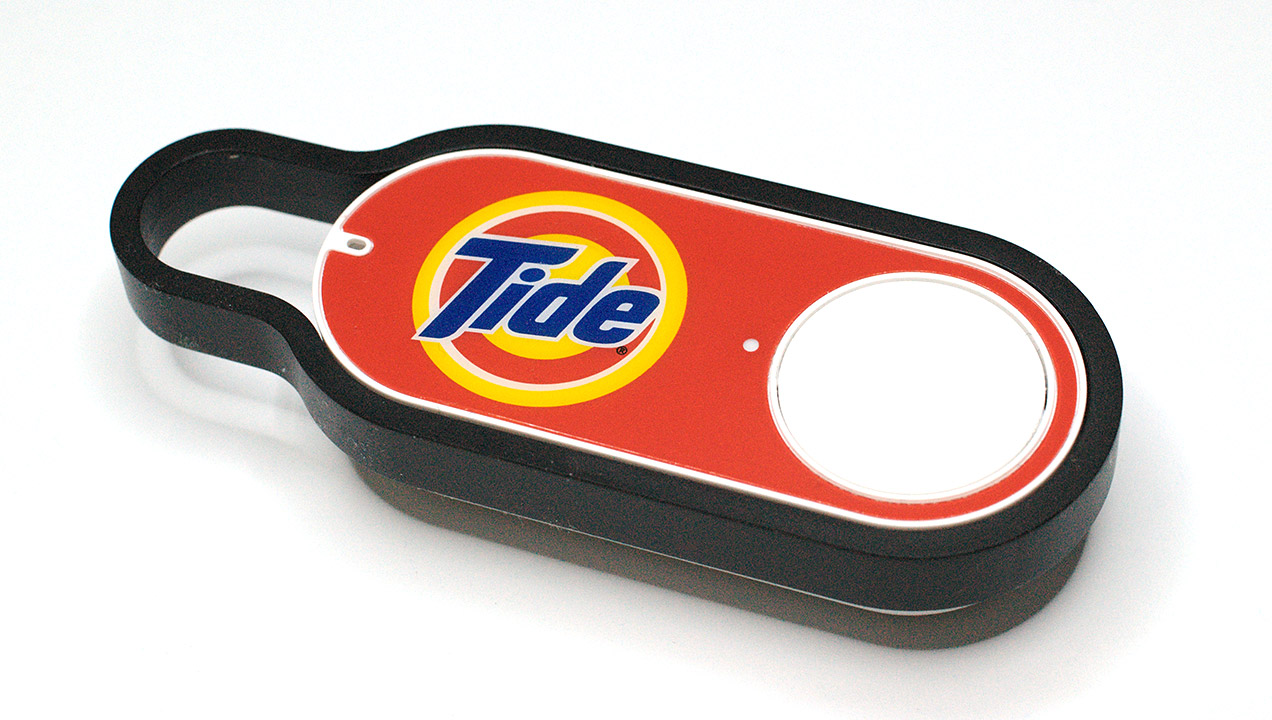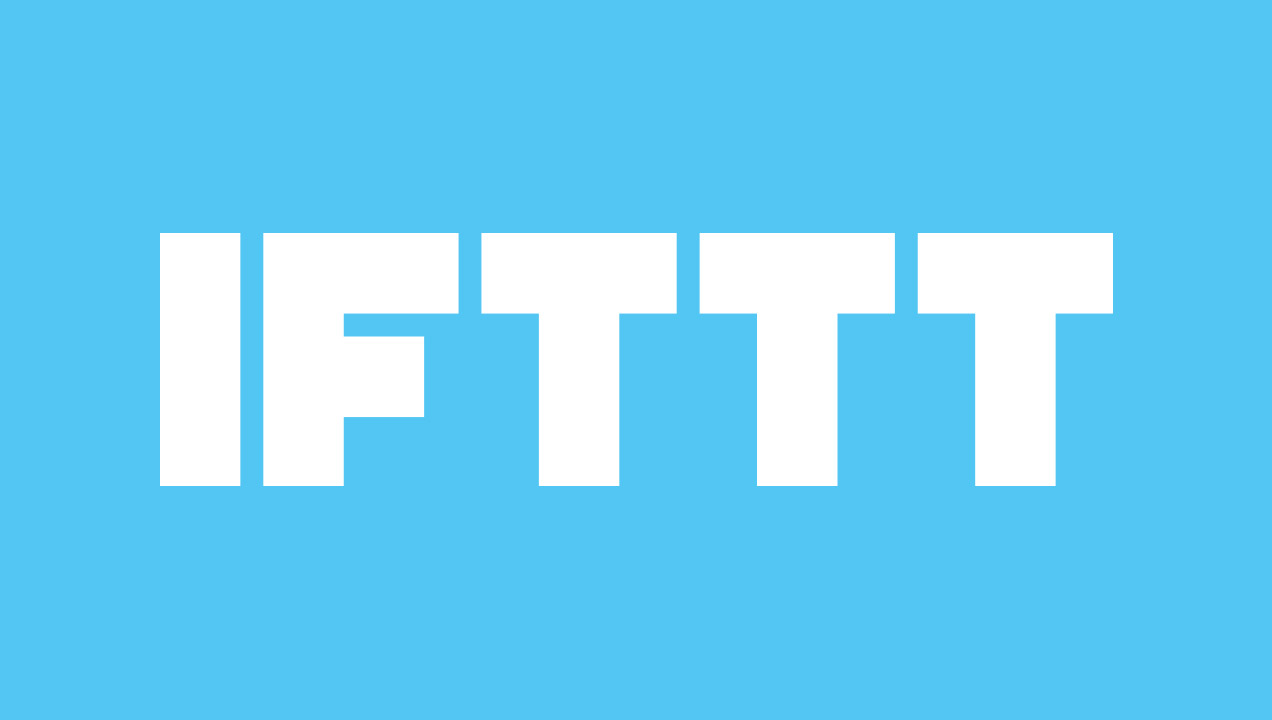How will IoT influence how we buy?
IoT is rapidly becoming more commonplace in our homes; connected TVs in our lounges, our heating controlled by Nest thermostats, and voice recognition assistants like Echo quickly locating and playing our favorite music.
And this is just the tip of the iceberg. The recent launch of Amazon Dash got me thinking about how IoT is currently being used in retail and how this customer experience may develop in the future.

Attribution: By Alexander Klink (Own work)
The premise of Amazon Dash is simple – it gives customers the ability to scan barcodes of products in their home, or say the product’s name aloud, to automatically add said items to a shopping list for Amazon Fresh. Branded Amazon Dash Buttons can be placed around your home and pressed to instantly order items that you’ve run out, whenever you run out of them – whether that’s Andrex toilet paper in the bathroom, Ariel washing powder in the pantry, Whiskers for your pet’s food, or even the kids Play-Doh.
Looking to the future, Tesco’s Paul Wilkinson has mentioned that Tesco are experimenting with IoT to bring convenience to their customers. Using the If This Then That (IFTTT) platform customers can create actions based on certain triggers for example an email alert when Champagne is reduced to a certain price, or order Mince Pies automatically on 1st December. They’re also exploring how the IFTTT platform can be integrated with other devices to include purchasing in an IoT ecosystem – Paul provides the example “If I hit my Fitbit target, then add a cake to my basket”.

Automation will undoubtedly move to a new level, whereby IoT products in home will be able to automatically order replacement items when they’re running low. For example, your fridge could place a milk order if it detects there is only half a pint left, or your coffee machine could order more capsules when there are only a few left. All meaning that the customer wouldn’t need to think about what they need to purchase at all.
Discussions around this topic focus on the impact of convenience vs. choice, and whether such shopping automation will stifle ‘shopping around’ consumer behavior or limit customer’s experience of different brands (and potentially missing out on better prices, or store own brands).
There are also questions around how automatic such shopping experiences should be. Should the customer be notified when the item is placed in their basket and then confirm the purchase, or should the item be ordered automatically? Amazon Dash, for example, alerts customers that a product has been ordered and provides the opportunity to cancel before the product is dispatched.
In addition, there is a potential waste implication. If perishable items such as milk are automatically ordered, and the customer isn’t home for a few days then they’d have to remember to cancel it or it may go to waste. Designing an effective ‘front-end’ marketplace will also be a consideration, so that a customer would not have to work out which supplier their device ordered items from, e.g. Amazon, a retailer like Tesco or directly from the manufacturer like Nespresso or Finish.
We’ll keep a lookout on the development of IoT in the retail space and how they impact the customer experience, but it’s certainly one to watch in 2017.
